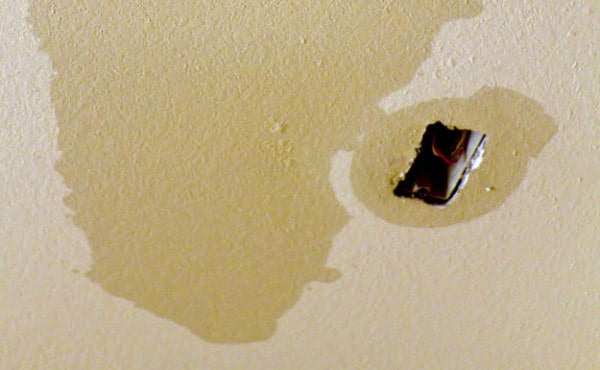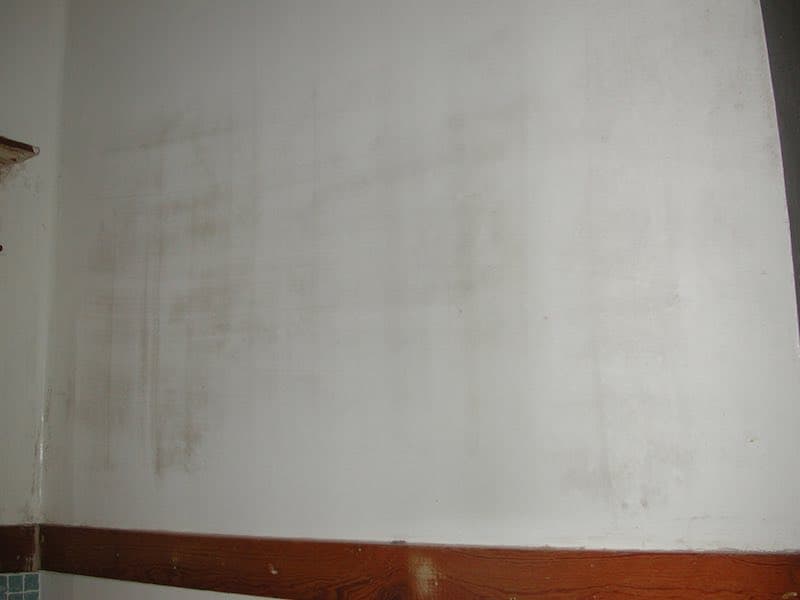Ways to Address Water Stains on Walls: Inspection and Solutions
Ways to Address Water Stains on Walls: Inspection and Solutions
Blog Article
What're your concepts on How to Find and Repair Water Leaking in the Wall?

Water stains on walls are not enjoyable to the eyes. Your residence needs to be without stains on the walls, roofing system, or floorings. That is the suitable state of a residence and its structures. Yet, in some cases it seems nearly inescapable to experience water discolorations on walls in residences.
Homeowners living in humid regions constantly deal with the fear of water stains on wall surfaces. Yet that does not need to hold true for you. With accurate and well-rounded details on the sources of water discolorations as well as timely repair service procedures, you will certainly constantly be a step ahead of such occurrences. This post guarantees to be a valuable guide for you.
3 Common Sources Of Water Spots on Walls
Contrary to common belief, water spots on wall surfaces do not constantly originate from bad building products. There are a number of root causes of water stains on wall surfaces. These include:
Damp
When hot wet air consults with dry cold air, it causes water beads to base on the walls of buildings. When there is vapor from cooking or showers, this occurs in bathrooms and also kitchen areas. The water droplets can tarnish the bordering walls in these parts of your home and also infect other locations.
Wet or condensation affects the roofing and also walls of buildings. When the wall surface is wet, it produces an ideal environment for the growth of fungi and also microbes.
Poor Drainage
When making a structure strategy, it is essential to make sure ample drainage. This will stop water from permeating into the walls. Where the drain system is obstructed or missing, underground moisture develops. This web links to too much wetness that you notice on the walls of your structure.
So, the leading root cause of damp wall surfaces, in this instance, can be a poor drainage system. It can additionally result from inadequate administration of sewer pipelines that go through the structure.
Pipeline Leaks
Most homes have a network of water pipelines within the wall surfaces. It constantly increases the viability of such pipelines, as there is little oxygen within the wall surfaces.
Yet, a drawback to this is that water leakage influences the wall surfaces of the structure as well as causes prevalent damages. A telltale sign of damaged pipelines is the look of a water discolor on the wall surface.
Pro Suggestion
A houseplant in your home also boosts its humidity. If the residence is already humid, you might desire to introduce houseplants with minimal transpiration. An instance of ideal houseplants is succulents.
Water Spots on Wall: Fixing Tips
Home owners would normally want a quick fix when dealing with water discolorations. They would quickly recognize this is counterproductive as the water discolorations repeat. So, here are a couple of valuable tips that will certainly direct you in the repair of water discolorations on walls:
Final thought
No one desires to have water discolorations on walls in their house, it can take place to the best of us. This article gives you utilize, as you currently know exactly how to manage this problem if it does occur.
It is always best to hire professional services to assist take care of the problems in your house.
Occasionally it seems practically unpreventable to experience water stains on walls in homes.
In contrast to preferred belief, water stains on walls do not constantly stem from inadequate building materials. There are several reasons of water spots on wall surfaces. The water beads can discolor the bordering wall surfaces in these components of your home and spread to other locations.
Right here are a couple of handy tips that will guide you in the repair work of water spots on wall surfaces:
CHECKING FOR WATER DAMAGE
Water damage can be costly, and it may begin before you even notice the first signs of trouble. Water damage can cause mold and mildew in your walls and floors, which can create an abundance of health concerns for your family. It can also lead to costly repairs of various appliances and general home fixtures. To avoid the pricey consequences of water damage, here are Warner Service s top 5 places you should check:
The walls The easiest place to spot the beginnings of water damage is on the walls and ceilings of your home. If water damage is present, there will most likely be water stains, especially around the windows and doorframes, and/or cracks in the drywall. If a stain looks unusual (discolored to brown, black or gray, raised texture), has a swollen appearance or is soft to the touch, contact a professional immediately. The pipes To avoid water damage, consistently check the pipes in your kitchen (especially the dishwasher and ice maker), bathrooms, laundry room (specifically washing machines) and basement for corrosion, leaks and water stains. Pay special attention to where the pipes connect in your home and the location of caulking around the bathroom fixtures, including toilets, sinks, showers and tubs. Missing or loose caulking and grout could be signs of leaking water. This seepage can also quickly cause mold and rust, so double check your water heater and tank for wet spots on the floor. The floor Water damage is very easy to spot on the floor. Look for any warping or buckling of the material, especially in the basement. If your home has wood flooring, look for bright white or dark stains. If your home has carpeting, keep it dry and clean. A damp carpet that smells of mold could cause water damage and health problems. To avoid this, consider installing floor pans under your appliances to help prevent damages from small, slow and undetected leaks. The basement and attic If your basement or attic smells odd check for mold and mildew around the area, especially the valley where the roof meets. While you are inspecting those areas, check for wall cracks, floor stains, rust and dampness in the insulation. If you live in a colder and/or rainier climate, perform routine checks for water damage from melting snow or ice and rain. The exterior Check the roof for damaged flashing and missing, cracked or curled shingles. There should also be no standing water anywhere outside your home. This could be caused by puddles, leaky rain gutters or hoses, poor drainage, or short gutter spouts. Invest in a sump pump system or water flow monitoring system, and perform routine maintenance on these outdoor appliances to avoid indoor water damage.

We hope you enjoyed our article about Indicators of Water Damage Behind Walls. Thanks for taking a few minutes to browse our posting. Do you know about someone else who is curious about the niche? Why not share it. I treasure reading our article about .
Call Today Report this page